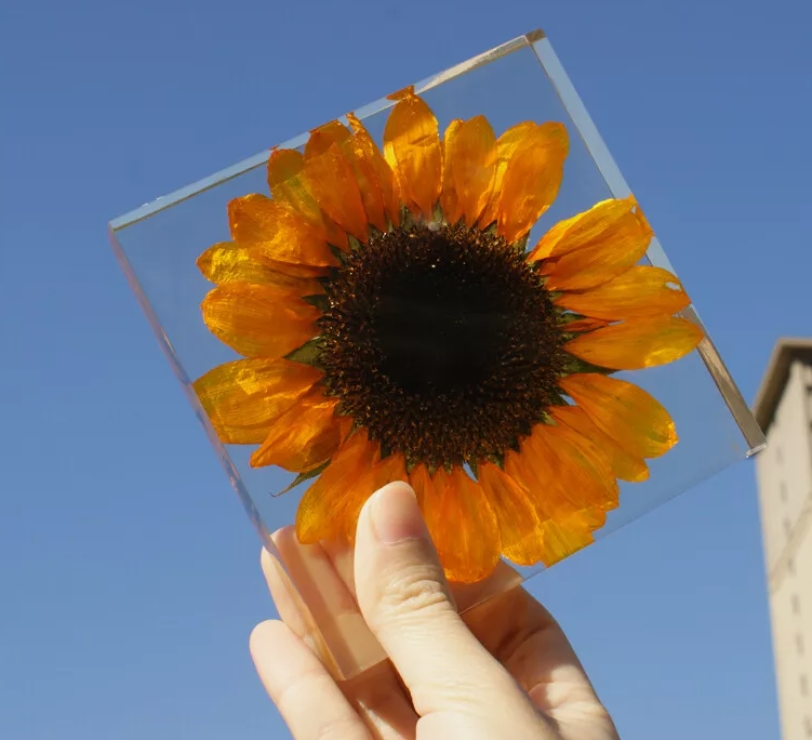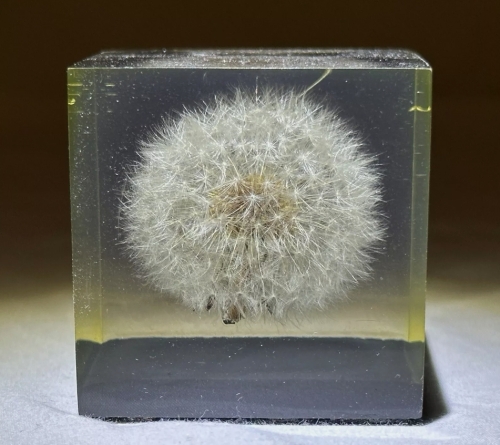As an important tool of botanical research, plant specimens play an indispensable role in scientific exploration and education. Making plant specimens is not only an important means to record plant species, but also the basis for studying plant morphology, ecology and geographical distribution.
The process of preparing plant specimens usually includes collection, drying and mounting. First, the collector needs to collect the plants at the right time and place, and choosing a representative sample is crucial. The specimen should include complete parts of the plant, such as leaves, flowers, fruits, and roots, in order to fully display its characteristics. When collecting, the ecological environment should be avoided and the natural state of the plant should be maintained as far as possible.
Drying is a key step in plant preparation. In general, the pressing method is used, the plant sample is sandwiched between the papers, and the weight is used to press and remove the water. If the dryer is used, it is necessary to control the temperature to avoid the destruction of plant pigments and the deformation of the structure. After drying, plant samples should retain their original shape and color, so that they can be better studied and classified.
Mounting is to fix the dried plant sample on the specimen paper, marking the relevant information, such as the name of the plant, the collection time, and the collector. The accuracy of the information is essential for follow-up research to help other scientists understand and use these specimens. Specimen paper should be selected with durable materials to prevent mildew and damage.
Plant specimens not only help researchers to classify and identify plants in detail, but can also be used for education and display. Specimens are often used in schools and museums to promote popular science and make the public aware of plant diversity and ecological importance. In addition, with the development of science and technology.
















